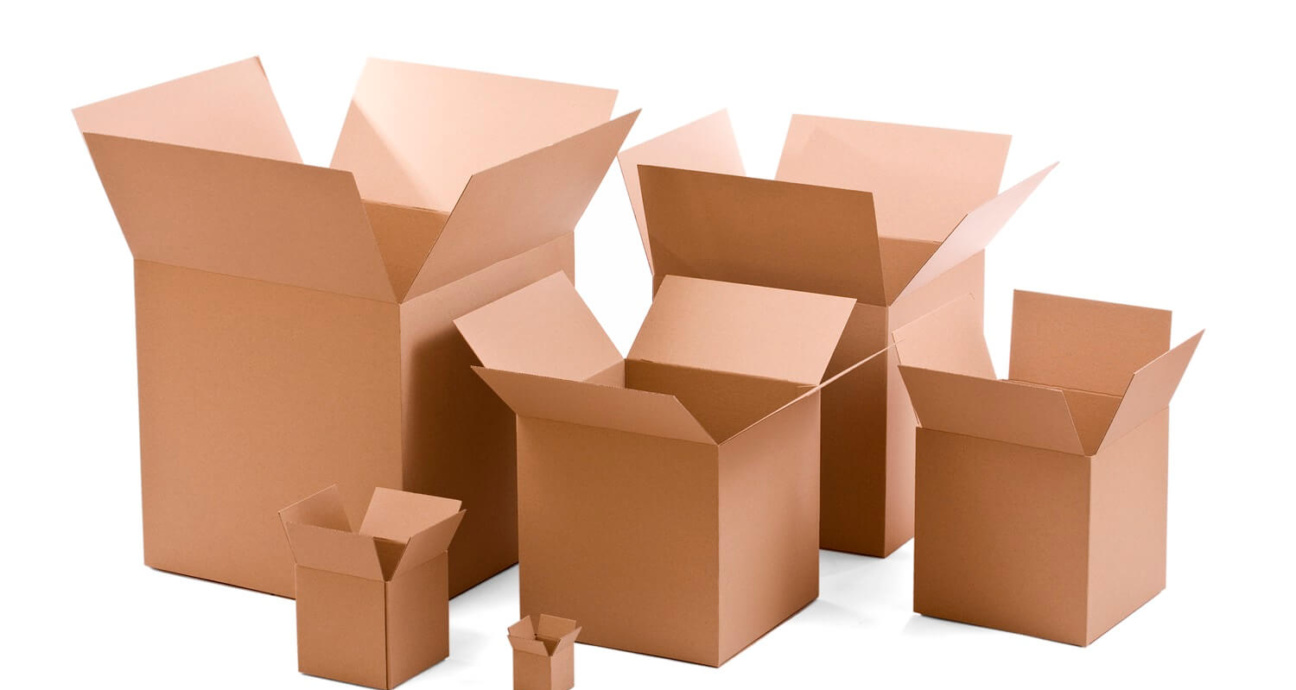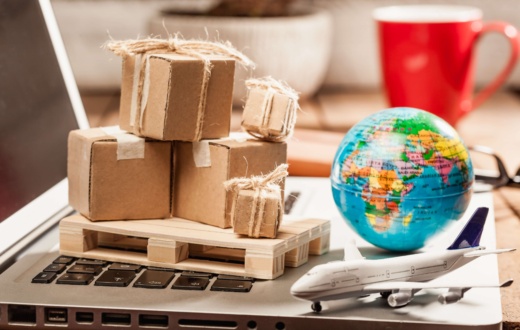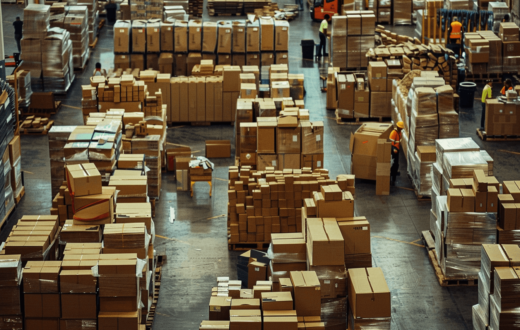Every day, your company likely relies on corrugated boxes to ensure product safety during transit. Despite years of experience, it’s possible you’re using the wrong box. Several critical elements influence box design, and selecting the incorrect one can prove costly. Moreover, considering the environmental impact is essential.
Opting for green and sustainable packaging, such as corrugated boxes made from responsibly sourced materials, not only protects your products but also safeguards forests and promotes eco-friendly practices. Here are some common misconceptions about corrugated boxes that many people make.
Myths About Corrugated Cardboard Packaging
Myth 1: The Truth About Cardboard Packaging and the Environment
Cardboard packaging plays a pivotal role in supporting sustainable forest management and recycling initiatives. With Europe’s forests expanding annually, thanks to sustainable practices and robust recycling rates, the cardboard industry remains committed to sustainable sourcing and recycling practices, ensuring the health and longevity of forests.
Corrugated cardboard, in particular, offers notable environmental advantages, including the reduction of transportation emissions and the prevention of product damage during transit. Moreover, certified wood products uphold stringent quality standards, further contributing to environmental sustainability efforts. Collectively, these factors underscore the importance of cardboard packaging in promoting environmental stewardship and ensuring the well-being of our planet’s ecosystems.
Myth 2: Recycling cardboard is not effective and doesn’t save energy
Recycling cardboard actually saves significant amounts of energy. In fact, it requires 90% less water and 50% less electricity compared to using virgin materials. Additionally, recycled cardboard maintains its durability and resistance, making it an economical and sustainable choice for packaging needs.
Myth 3: Corrugated cardboard packaging is not sustainable
Corrugated cardboard is actually a sustainable packaging solution. It is lightweight, durable, and versatile, which helps reduce environmental impacts and supports various storage needs. Additionally, incorporating certified wood products into cardboard packaging practices ensures that businesses distance themselves from controversial practices such as illegal logging and deforestation.
Overall, cardboard packaging offers numerous benefits for both businesses and the environment, making it a truly sustainable choice.
Myth 4: The box with the highest weight rating is always the strongest.
When selecting corrugated boxes, it’s common to assume that a higher poundage indicates greater strength. However, box strength is determined by factors beyond just weight. Corrugated boxes typically display an Edge Crush Test (ECT) number or a Bursting Test number on their labels. While a higher number may seem indicative of superior strength, it’s important to understand the distinction between these tests.
Bursting strength refers to the amount of pressure a small area of the box can withstand before bursting. On the other hand, ECT measures the overall strength of the box, considering factors like stacking and palletizing. In most cases, ECT is a more critical consideration, particularly when boxes are being placed on pallets for storage or transport.
Therefore, when seeking heavy-duty boxes, it’s essential to prioritize ECT ratings over bursting strength. This ensures that the boxes can withstand the rigors of stacking and palletization, providing optimal protection for your goods during transit and storage.
Myth 5: Using 100% recycled fiber in corrugated boxes is always desirable and sustainable.
It’s not entirely true. While using recycled fiber in corrugated boxes is indeed sustainable, relying solely on 100% recycled fiber isn’t always the best option. Mixing recycled and new fibers is essential to maintain product performance and ensure a steady supply of raw materials. In fact, the average corrugated box in the U.S. contains about 52% recycled content, striking a balance between sustainability and performance.
Myth 6: Sustainable packaging lacks quality
Sustainable packaging is often perceived as lacking in quality. However, this is not necessarily the case. For instance, fluting, a common packaging material, offers strength and durability without the need for thicker materials. It is made from recyclable sources, ensuring robustness while minimizing the use of new fibers.
Additionally, alternatives such as wood wool, corrugate shrouding, and compostable packing peanuts provide effective padding in mailer boxes, while paper-based honeycomb mailer bags offer durability comparable to plastic bubble mailers. Recycled mailer bags are also waterproof and lightweight, combining strength with eco-friendliness. Therefore, sustainable packaging can indeed meet the quality standards required for product protection.
Summary
In conclusion, sustainable packaging defies the misconception of being inferior in quality. Materials like fluting demonstrate strength and durability while being sourced from recyclable materials, minimizing the need for new fibers. Moreover, alternatives such as wood wool, corrugate shrouding, and compostable packing peanuts offer effective padding, ensuring product protection.
Paper-based honeycomb mailer bags rival plastic bubble mailers in durability, while recycled mailer bags provide waterproof and lightweight solutions. These examples underscore that sustainable packaging can meet the rigorous quality standards necessary for product protection, dispelling any doubts about its effectiveness and reliability.
Embracing sustainable packaging practices not only contributes to environmental conservation but also ensures the integrity and safety of packaged goods.







